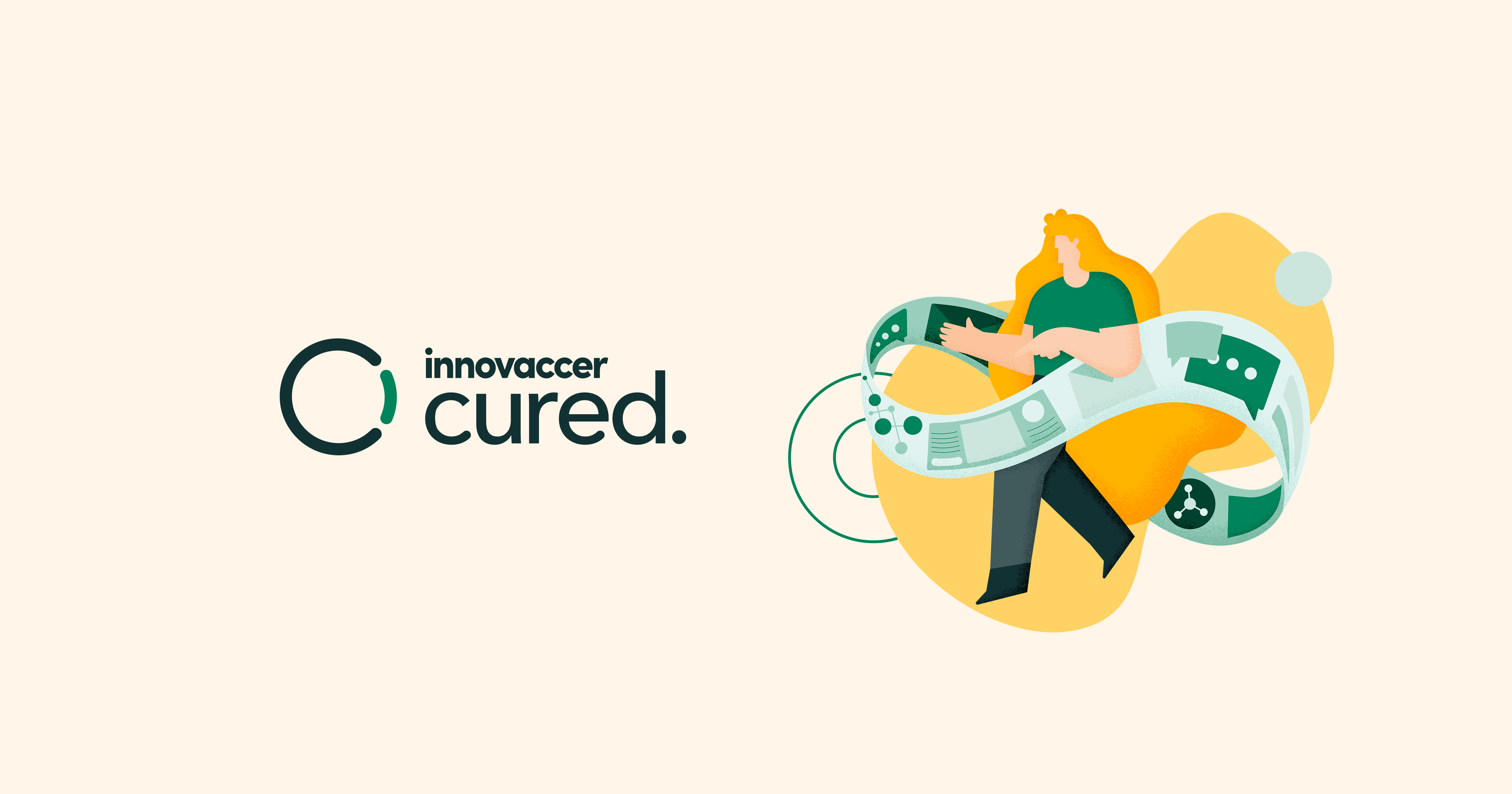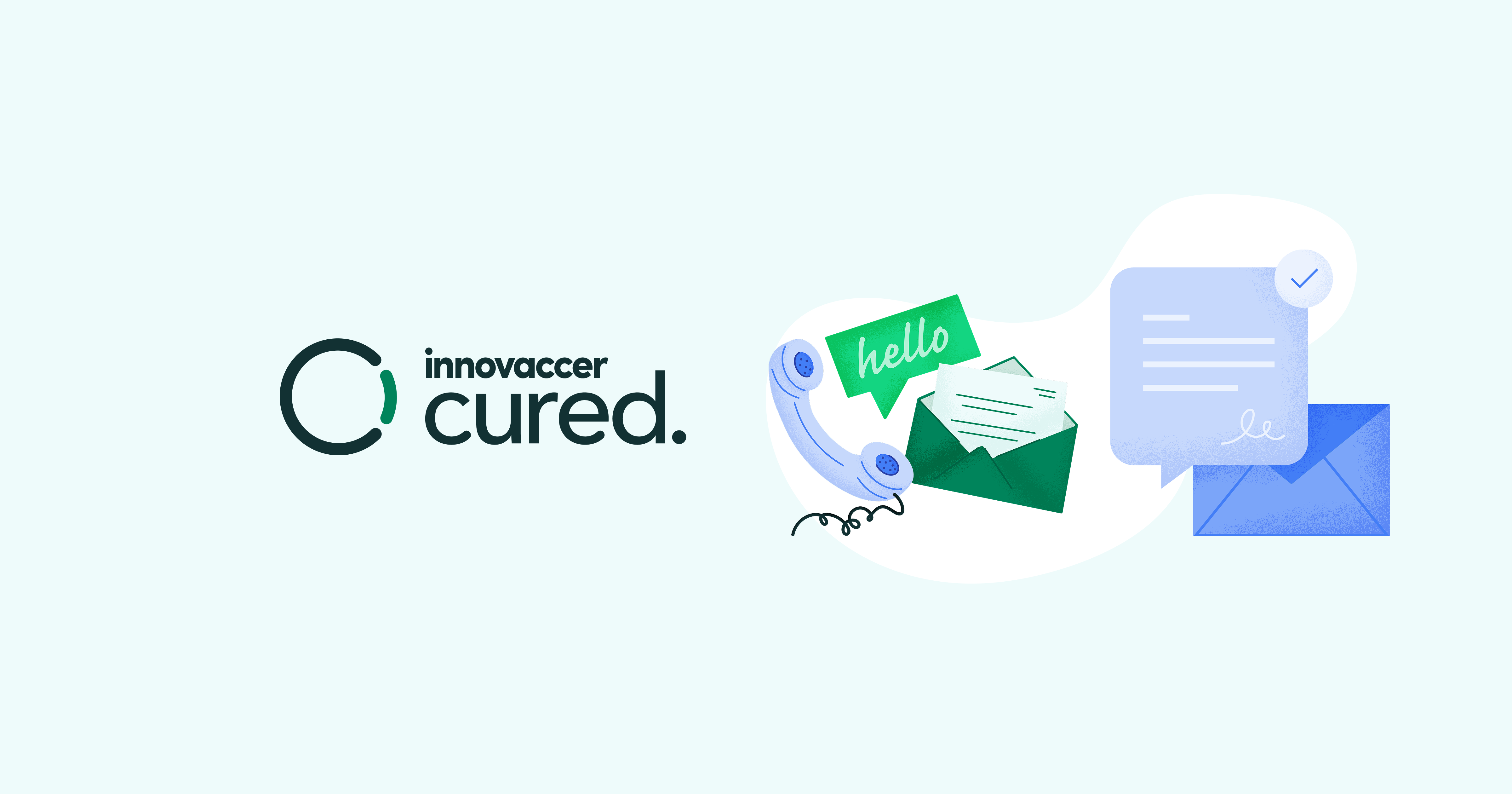why traditional CRMs fail in healthcare, and what to do instead

Traditional CRMs weren't built for healthcare. Today's leaders use unified data platforms and AI to engage patients effectively.
In today’s healthcare landscape, personalization is no longer optional. As digital expectations grow and competitive pressure increases, patients expect timely, relevant, and proactive communication. Meeting this level of demand at scale is becoming increasingly difficult when equipped only with a traditional CRM. Legacy CRMs weren’t built for the realities of healthcare. They can’t handle the complexity of clinical data, the fragmentation across systems, or the nuanced journeys patients take. That’s why many healthcare marketers are turning to more intelligent solutions that unify patient data, unlock automation, and enable personalization at scale.
traditional CRMs aren’t built for healthcare
CRMs were originally designed to manage simple buyer journeys but were not intended for the longitudinal and often non-linear paths patients take. In healthcare, a single journey might span multiple touchpoints, care teams, and digital channels, all while requiring strict privacy compliance.
Traditional CRMs typically struggle to integrate with clinical systems like electronic health records (EHRs) or care management platforms, leaving critical data siloed and inaccessible. This fragmentation makes it difficult to get a complete view of the patient journey or to coordinate personalized outreach effectively. In addition, many CRMs lack native support for HIPAA-compliant workflows, introducing unnecessary risk when handling sensitive patient data. Legacy CRMs also don’t deliver insights or trigger actions based on clinical events, such as missed screenings or recent diagnoses, severely limiting a healthcare organization’s ability to engage patients at the moments that matter most.
Without a unified, clinically aware data infrastructure, CRMs leave marketers blind to key moments of influence. And without that visibility, personalization falls flat.
the power of unified healthcare data platforms
Enter the healthcare CDP, a one-of-a-kind platform purpose-built to solve fragmentation. These tools, such as the Cured by Innovacccer CDP go beyond contact records to create a 360 patient view by aggregating data across EMRs, CRMs, websites, call centers, and beyond. The result? A living, dynamic profile that evolves with every interaction.
Unlike CRMs, healthcare CDPs are designed with healthcare-specific identity resolution, consent management, and patient-level insights. Paired with a robust healthcare data platform, teams can build precise audience segments, trigger outreach in real time, and power AI tools that deliver the right message on the right channel.
leveraging AI in patient outreach
With connected data in place with the help of a CDP or Consumer 360 tool, leading health systems are layering in AI to transform how they engage patients. Predictive models help teams prioritize high-value outreach, from flagging patients at risk of missing preventive care to identifying those most likely to respond to a campaign.
AI is also extremely useful for optimizing marketing cadence and channels. Should a patient receive a text, email, or call? What time of day works best? These micro-decisions, scaled across millions of patients, drive meaningful gains in both experience and outcomes.
The most successful health systems aren’t limiting AI to one or two initiatives. They’re embedding it across the patient journey:
- Reactivating lapsed patients who haven’t scheduled in over a year
- Nudging patients to complete overdue screenings or follow-ups
- Personalizing service-line campaigns (e.g., ortho, maternity, cardiology)
- Automating pre-visit education and post-visit care plans
Each of these use cases relies on the same foundation: clean, unified, actionable data.
why personalization at scale matters in 2025
In 2025, generic campaigns won’t cut it. Patients are inundated with messages every day from retailers, apps, insurers, and providers. To stand out, healthcare outreach must be as tailored as what patients get from their favorite streaming services or retailers.
Personalization at scale isn’t just about better open rates. It’s about building trust, driving timely care, and increasing the lifetime value of every patient. Health systems that nail this will see stronger loyalty, better conversion, and improved clinical alignment.
what a modern tech stack should include
To deliver these kinds of results, health systems need more than isolated tools. Marketers need an integrated, AI-enabled outreach stack. It starts with a healthcare CDP to centralize and unify patient data from across clinical, operational, and engagement systems. Next, there must be a way to visualize that data, with a tool such as a consumer 360 platform, providing a complete, real-time view of each patient, including health history, behavioral signals, and care gaps. Ideally, AI is layered throughout to continuously analyze patterns, predict needs, and surface the next best actions. Finally, an intelligent outreach or marketing tool activates these insights, using AI to personalize messages, optimize timing and channels, and scale engagement efforts across populations. Together, this ecosystem empowers teams to deliver smarter, faster, and more effective patient outreach than traditional CRMs ever could..
it’s time to move past the CRM
CRMs helped healthcare take a first step toward patient engagement, but the future of patient-centered care is demanding more. With rising consumer expectations and growing competition, health systems need to modernize how they connect with patients. That means adopting a healthcare tech stack that enables personalization, automation, and smarter outreach strategies. It means unifying patient data to build a complete picture and activating that picture across every touchpoint. The future of patient engagement is real-time, data-driven, and deeply personal.
Ready to see how your organization can modernize patient outreach?



